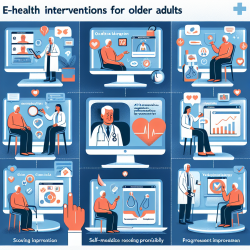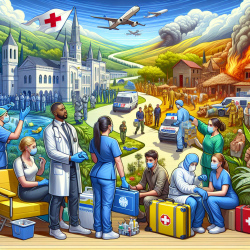Introduction
Conflict situations, whether armed or not, significantly impact the emergence and transmission of infectious diseases. A recent systematic literature review titled The impact of conflict on infectious disease: a systematic literature review explores the pathways through which infectious diseases emerge in conflict settings and outlines preparedness and response strategies. This blog aims to help practitioners improve their skills by implementing the outcomes of this research or encouraging further investigation.
Key Findings
The review identified 51 studies covering various infectious diseases such as AIDS, Hepatitis B, Tuberculosis, Cholera, and more within conflict settings across Europe, the Middle East, Asia, and Africa. Key factors contributing to disease emergence and transmission in conflict situations include:
- Population displacement
- Destruction of vital infrastructure
- Reduction in functioning healthcare systems and personnel
- Disruption of disease control programs
- Reduced access to healthcare services
- Disruptions in the supply chain of safe water, food, and medication
Preparedness and Response Strategies
The review highlights several preparedness and response strategies to mitigate infectious disease risks in conflict settings:
- Disease-specific intervention strategies
- Education of conflict-affected populations through infectious disease awareness programs
- Investing in healthcare in locations with displaced populations
- Intensifying immunization campaigns
- Ensuring political commitment and intersectoral collaborations between governments and international organizations
Implications for Practitioners
Practitioners can leverage these findings to enhance their understanding and approach to managing infectious diseases in conflict-affected regions. By focusing on data-driven strategies and collaborating with various stakeholders, practitioners can contribute to more effective disease prevention and control efforts. Additionally, practitioners are encouraged to conduct further research to explore innovative solutions and improve health outcomes for affected populations, particularly children.
Conclusion
Conflict plays a direct and indirect role in the transmission and propagation of infectious diseases. The findings from this review can assist decision-makers in developing evidence-based preparedness and response strategies for the timely and effective containment of infectious disease outbreaks in conflict zones and amongst conflict-driven displaced populations.
To read the original research paper, please follow this link: The impact of conflict on infectious disease: a systematic literature review.










